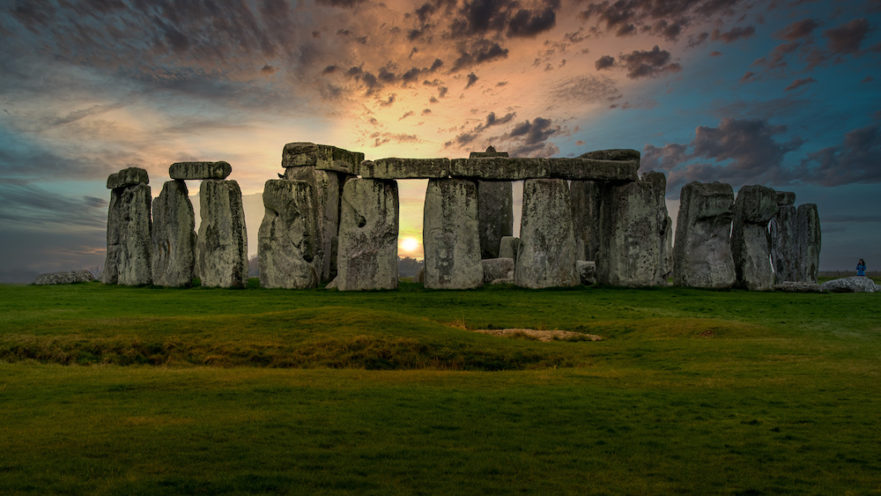
The strange stone structures at Stonehenge have long baffled archaeologists and historians alike, but a major breakthrough may just explain what ancient civilizations from 3100 BC were doing with those massive rocks.
Using ground-penetrating radar and other advanced survey equipment, researchers unearthed 17 new chapels and hundreds more archaeologically significant structures on the plains in Wiltshire surrounding the stones, which according to Vince Gaffney, head of the Stonehenge Hidden Landscapes Project at Birmingham University, “radically changes our view of Stonehenge.”
Stonehenge wasn’t the isolated monument so many researchers believed it to be. In fact, it was just a small structure at the heart of a massive landscape full of burial mounds, chapels, ritual shrines and enormous pits.
“In the past we had this idea that Stonehenge was standing in splendid isolation,” Gaffney told The Guardian. “But it wasn’t…it’s absolutely huge.”
The unprecedented discovery is the result of four years of dedicated survey work by researchers, who dragged high-tech trailers across the land surrounding Stonehenge with quad bikes to detect structures underground.
Many of the discoveries, like the two massive pits in a nearby 3km monument called the Cursus, were made possible by ground-penetrating radar, or GPR equipment.
GPR Scanning at Stonehenge
GPR scanning uses high frequency, polarized radar pulses to create an image of the subsurface. It’s often used to locate buried structures and can even locate small objects in the ground at great depth, as well as cracks, voids, and changes in material.
GPR scanning has been responsible for many major archaeological breakthroughs in the past few years, including the discovery of atypical slave barracks in Maryland, but the Stonehenge discoveries may feature the most significant application of GPR scanning to date.
The locations of the pits at Cursus imply that the Stonehenge monuments were likely designed with the stars in mind, a theory supported by traces of a festival found at Stonehenge in an earlier study.
The GPR surveys also turned up a 33-meter long burial ground that contained a massive wooden building, and shed new light on the construction of the Durrington Walls structure nearby.
The GPR systems and other equipment used in the research were developed and provided by engineers at the Ludwig Boltzmann Institute in Vienna. The radar technology alone was able to reveal features that were buried as deep as three meters underground.
“The project has revealed that the area around Stonehenge is teeming with previously unseen archaeology,” Gaffney said, “And that the application of new technology can transform how archaeologists and the wider public understand one of the best-studied landscapes on Earth.”

